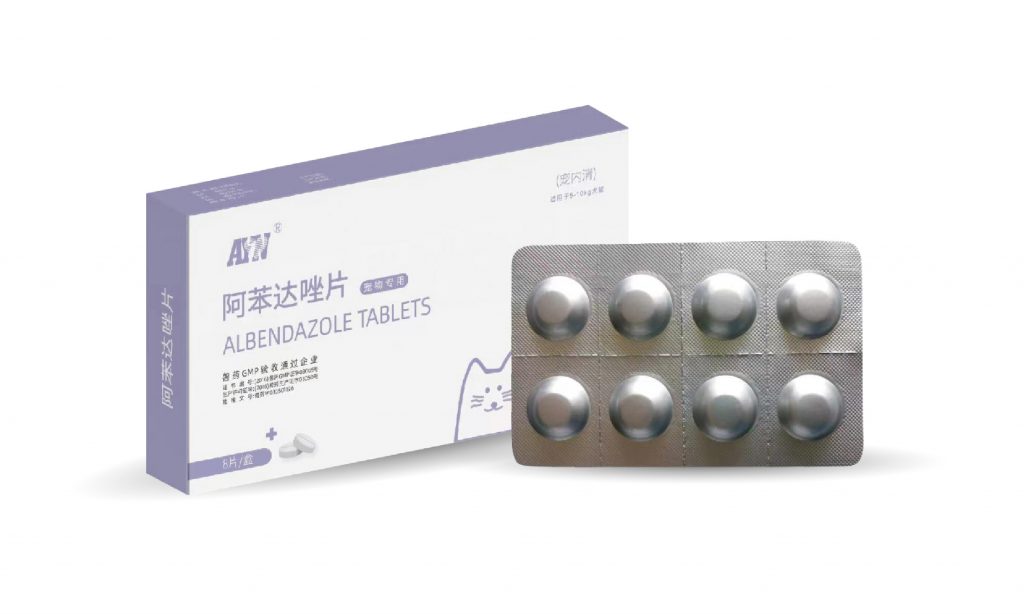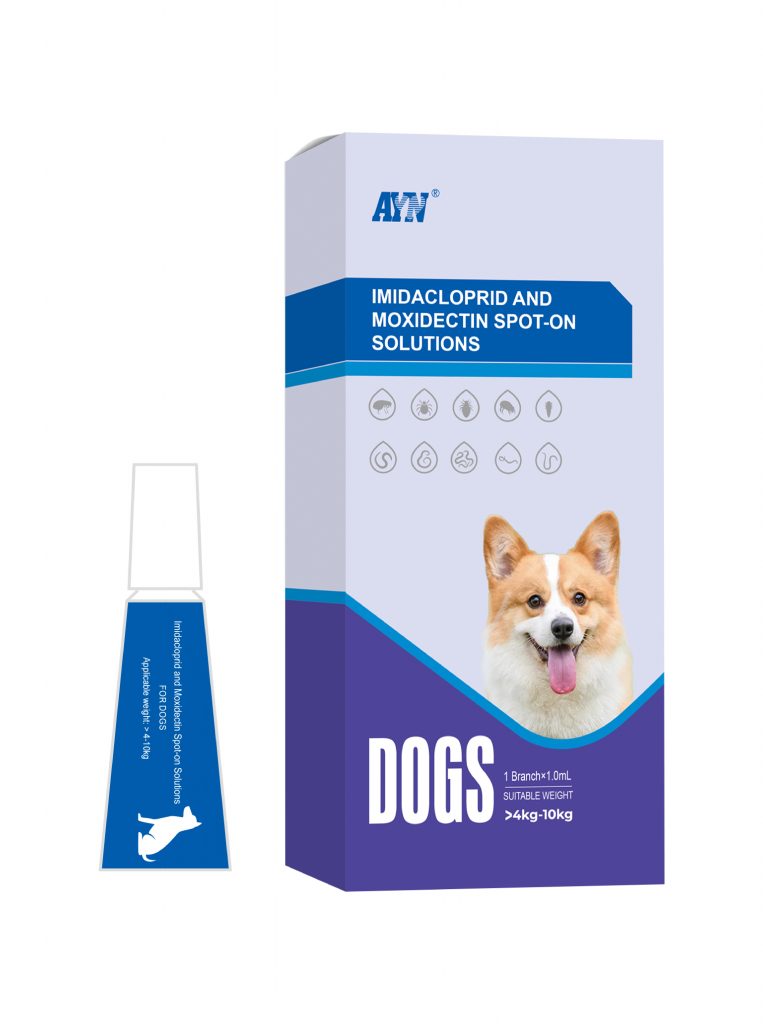One of the most crucial matters for a newly-acquired dog upon arriving home is to focus on deworming, and the timing of deworming is highly significant. Next, when should one commence deworming a newly-acquired dog after it arrives home? And the precautions for deworming.

Firstly, it is essential to determine whether the dog has received vaccinations. For healthy dogs, after evaluation by a veterinarian, vaccination and deworming can be carried out simultaneously. However, it should be noted that if the dog is diagnosed with parasites, thorough deworming is required before vaccination. If the dog itself is more sensitive, such as one that has just arrived home and is panicky about the unfamiliar environment, it is necessary to wait until the dog becomes familiar with the living environment before initiating deworming to reduce stress.
When deworming a healthy newly-acquired dog at home, it is necessary to select the appropriate dosage in accordance with the deworming instructions, as well as the dog’s age and weight, to avoid poisoning.
The three common deworming methods are internal deworming, external deworming, and combined internal and external deworming.
Simplified internal or external deworming has less coverage of parasites compared to combined internal and external deworming and is not very convenient for novice or busy pet owners. If a thorough deworming is desired, different drugs need to be administered twice or even multiple times, which will increase the burden on the dog’s body. Combined internal and external deworming will be relatively more convenient and straightforward.
Each deworming drug varies in its coverage, spectrum, and drug composition. For pet owners, when choosing deworming drugs, more attention should be paid to the coverage of the insect spectrum and the palatability for the furry companions.

Common internal parasites include roundworms, hookworms, tapeworms, and heartworms. Common external parasites include ticks and fleas.
Novice pet owners must pay greater attention to some of the puppy’s usual behaviors so that they can detect and determine whether the pet needs deworming. For instance, when brushing aside the dog’s hair, if a mung bean-sized worm is visible, it might be a tick (another name is bloodsucking worm. When it sucks enough blood, its entire body becomes round, like a soft ball, and in severe cases, it can even endanger the dog’s life and safety). If looking at the dog’s feces, white particles (possibly tapeworm segments) or threads (possibly roundworms) can be seen in the dog’s feces.
Novice pet owners may lack sufficient experience, so they should opt for a more convenient approach: when conducting regular deworming, try to directly select a deworming drug with a wide coverage of the insect spectrum. It is necessary to choose a deworming drug that can maximize the coverage of common parasites both internally and externally, prevent heartworms, whipworms, hookworms, and roundworms internally, and repel fleas and harmful ticks externally. If the dog frequently goes out, the oral method is not afraid of getting into water, allowing the dog to fully enjoy the freedom of the lawn and pool.
Just like humans, many puppies and even adult dogs dislike taking medicine, which can pose a significant problem for both the dogs and the pet owners. Some deworming pills are very unpalatable, and some have a very bitter taste due to the ingredients of the drug. Therefore, when choosing the product, attention also needs to be paid to the issue of palatability. Good palatability of deworming drugs can enhance the dog’s willingness to take the medicine, reduce the burden of administering the medicine, and eliminate concerns about bathing. Thirdly, attention must be paid to the selection of manufacturers with a stable product background. A guarantee from the factory endorsement also provides more reassurance for the pet owners to feed their pets.

Tips:
Here once more, I stress the significance of performing deworming effectively.
If an external deworming approach is utilized, it is advisable not to bathe the dog immediately. The external deworming medication for dogs is absorbed through the skin glands of the dog, and a short interval can easily result in the deworming effect not being adequately exerted. Additionally, it is not recommended to give the dog a bath within the first three days of using external deworming drugs to prevent insufficient oil on the dog’s skin for proper absorption of the drugs and attainment of the ideal deworming outcome. After deworming, the dog also requires wearing a collar to prevent it from licking the medicine.
If internal deworming is conducted, it should be noted that some deworming drugs may cause gastrointestinal reactions, leading the dog to vomit. If the medicine is vomited out, it needs to be administered again.
In general, for the sake of convenience and more effective deworming, the combined internal and external deworming method would be relatively easier to manage, which can achieve the goal of deworming without affecting the dog’s happy play. While safeguarding the dog’s health, it also offers convenience to the dog owner.

